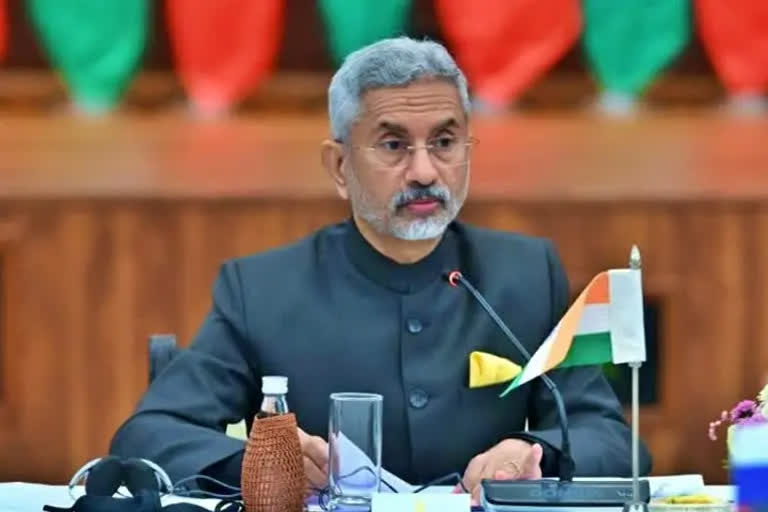New Delhi: With the stated traditional Indian positions of non-alignment and strategic autonomy in its foreign affairs gradually losing legitimacy in a changing global order, India’s stand on several key issues is bearing close scrutiny with pressure from both US and Russia to make a choice soon.
There is tremendous pressure on the mandarins managing India’s foreign policy in South Block to take decisive positions on several issues that are beginning to define the contours of a new global order characterised by the emergence of China as a superpower and the gradual shaping of blocks—one led by the US and another by China-Russia.
Ukraine-Russia
India has been non-committal on its policy on the brewing Ukraine crisis that may spill over any time now. With Russia embarking on a huge military buildup on the Russia-Ukraine borders as well as in the littoral waters, war clouds are gathering with US-led NATO forces also mobilizing in proportionate strength.
India faces a piquant situation as Russia has been India’s tried and tested friend for the last eight decades. Now the deep cooperation has further been extended to 2031 by an agreement in December 2021. About 60 percent of Indian weapons, platforms and systems are already of Russian origin.
On the other hand, Ukraine, a dedicated supplier for spares and parts of many Indian military equipment and platforms—a legacy of the Soviet-era relationship with India—is being propped up by the US-led NATO, making it difficult for India to pick and choose.
Also read:'A big statement': Amid Ukraine crisis, Russian minister holds talks with MEA in Delhi
Till now, India has maintained a studied silence on the war of words between the US and Russia on Ukraine. India’s non-committal stand on Ukraine is also the result why the Quad joint statement on Friday (February 11, 2022) after the meeting of foreign ministers of US, India, Japan and Australia in Melbourne did not have any reference on Ukraine.
Quadrilateral Security Dialogue (Quad)
It is believed one of the reasons why Quad did not take off as envisaged was a marked reluctance on part of India—much to US consternation—to take a frontal bellicose stand against China and to put it in the distance with Russia. That is why the US criticizes India from time to time.
On Friday (February 11, 2022) again, Rashad Hussain, the US Ambassador-at-Large for International Religious Freedom, criticized India in an unusually sternly-worded stand on the growing controversy over wearing of the ‘hijab’ by Indian Muslim women. He tweeted: “Religious freedom includes the ability to choose one's religious attire… Hijab bans in schools violate religious freedom and stigmatize and marginalize women and girls.”
Another indication of the delicateness in India-US ties would be the fact that the US is yet to issue a waiver of India buying the powerful S-400 air defence system from Russia. Besides India license-producing the Russian Sukhoi-30 fighter aircraft, the T-90 tank, and the Brahmos missile collaboration, India and Russia launched another JV in 2019 called the Indo-Russian Rifles Private Limited to mass-produce the AK-203 assault rifle.
In 2020, a technology development contract was signed between DRDO and Russia’s Rosoboronexport to develop advanced pyrotechnic ignition systems to power rockets and missiles.
Also read:Nobody should doubt positive contribution of Quad: Jaishankar
On the other hand, India has inked key foundational agreements with the US that tie it militarily very close to the US. These pacts are the Logistics Exchange Memorandum of Agreement (LEMOA), signed in 2016, the Communications Compatibility and Security Agreement (COMCASA) of 2018 and the BECA (Basic Exchange and Cooperation Agreement) of 2020.
